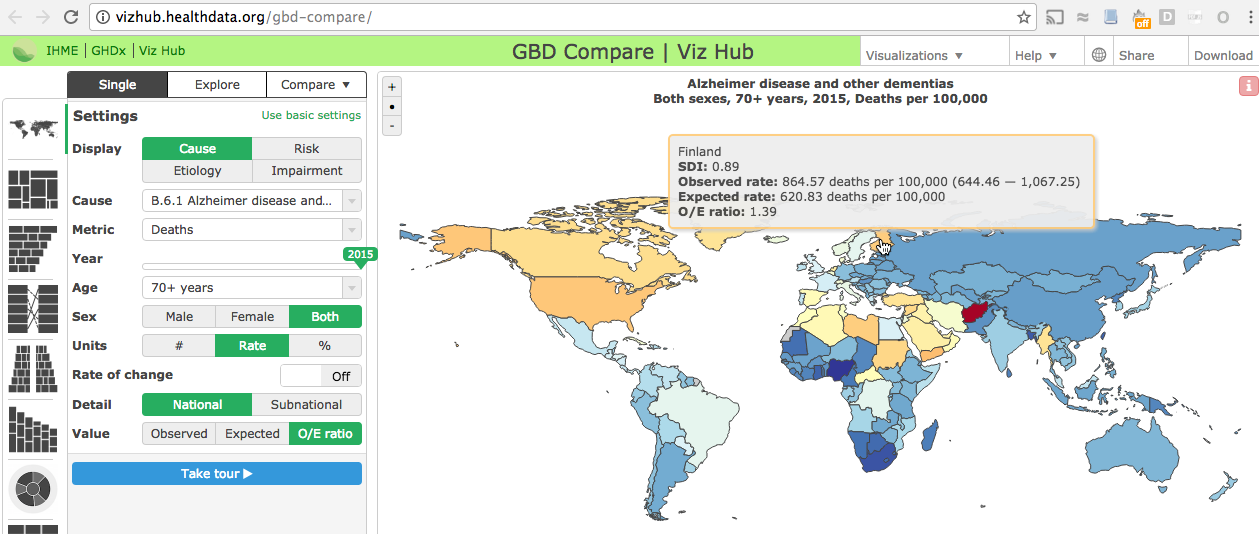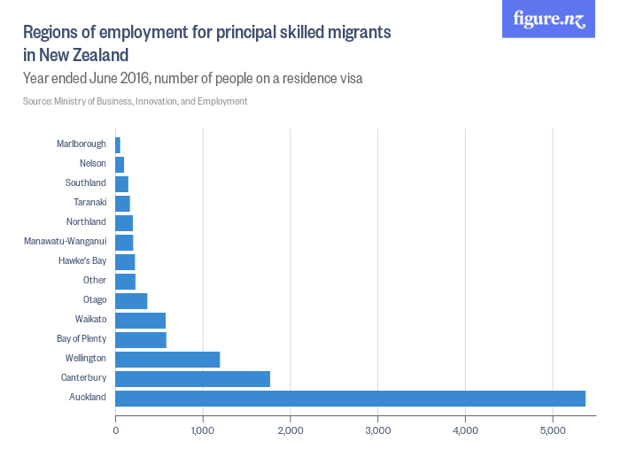Q: Did you see that saunas prevent dementia?
A: Well, even the Herald headline only says “could cut risk”
Q: You don’t sound convinced.
A: No.
Q: Is this mice again?
A: No, I don’t think there are good animal models for saunas.
Q: Would it be inappropriate to attempt some sort of double entendre here?
A: Yes. The Finns would be offended.
Q: Ok. Back to business. You’re going to tell me that the research paper doesn’t make these claims and it’s all the fault of the British media, right?
A: No, the research paper has as one of its Key Points “Sauna bathing, an activity that promotes relaxation and well-being, may be a recommendable intervention to prevent or delay the development of memory diseases in healthy adults.”
Q: That’s pretty positive.
A: And the university press release is titled “Frequent sauna bathing protects men against dementia”
Q: Is this one of those things that’s statistically significant but too small to care about?
A: No, they’re claiming a 2/3 reduction in dementia risk.
Q: Wow. That’s…umm…?
A: Larger than one would reasonably expect?
Q: Very diplomatically put. Wait, so if that was true, you’d be able to see it in the national figures. Does Finland have a much lower dementia rate than you’d otherwise expect?
A: An excellent question. No.
Q: [citation needed]
A: Well, ok, diagnosis bias makes it tricky, but the Institute for Health Metrics and Evaluation is making serious attempts to do international comparisons on all sorts of disease, and they think Finland has higher rates than expected, in contrast to the rest of Scandinavia
Q: So sauna isn’t protective?
A: Well, it’s not hugely, implausibly protective unless there’s some other Finland-specific risk factor that cancels it out

